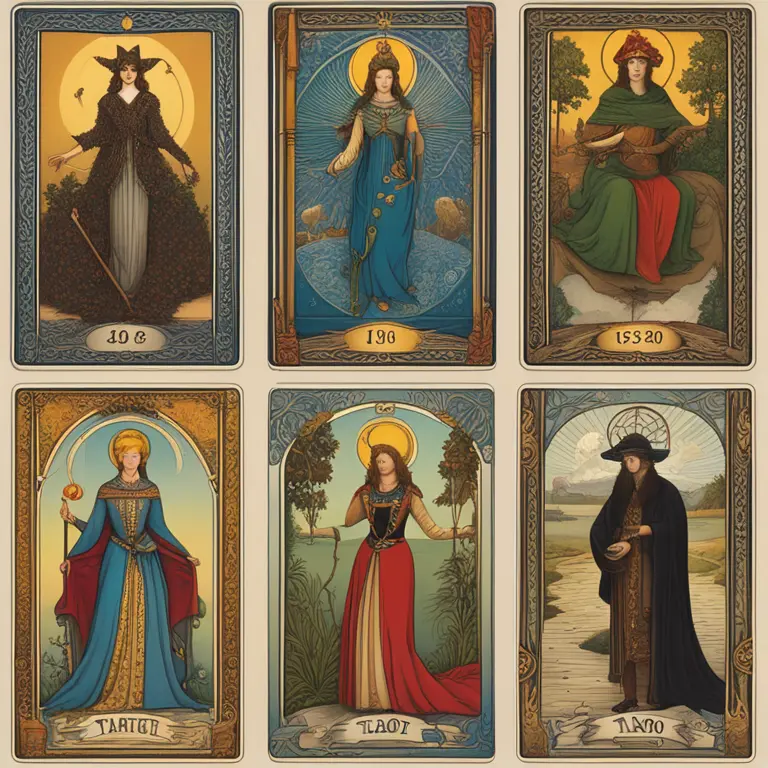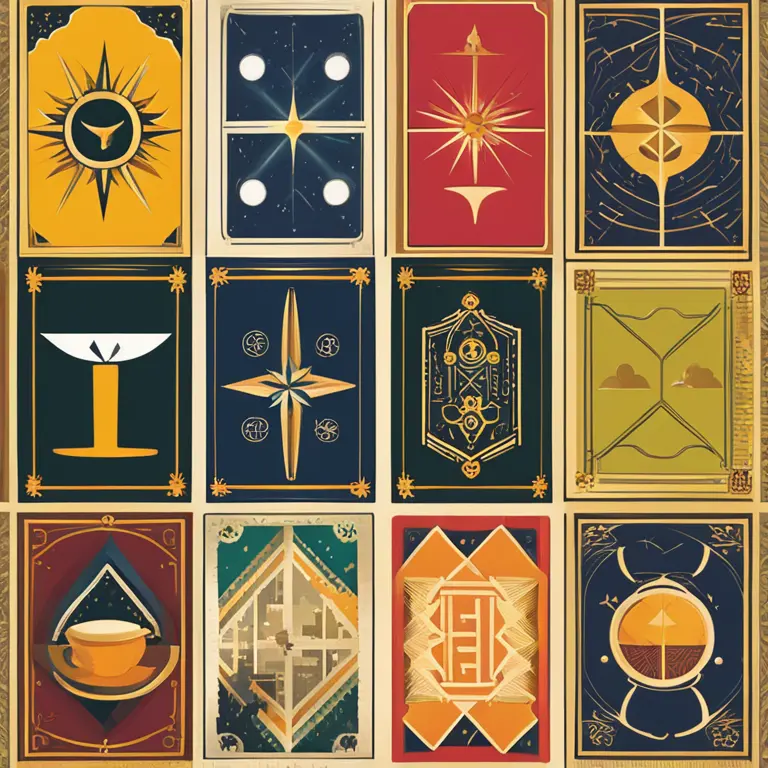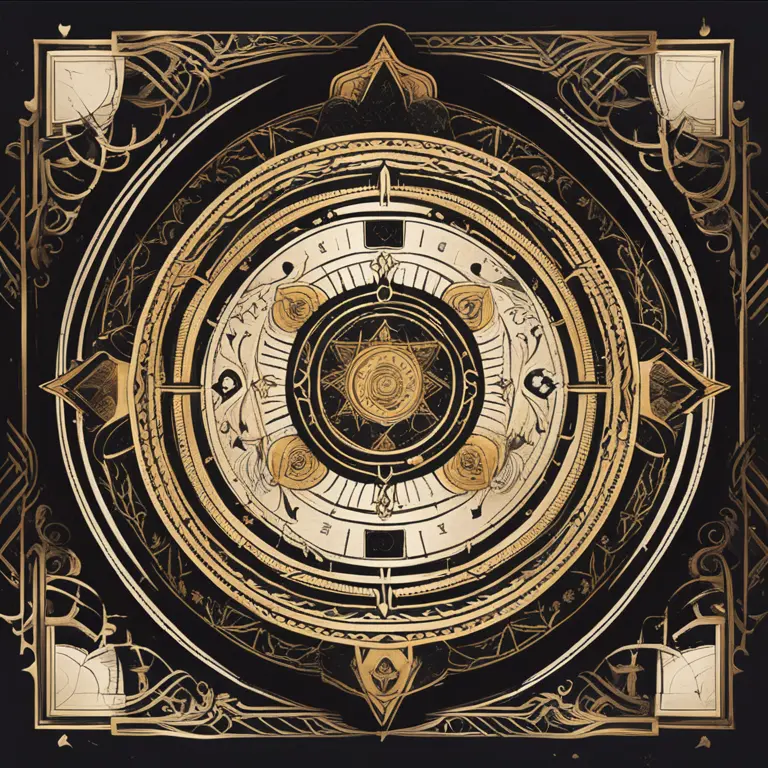
The Birth of Tarot Cards
Tarot cards intrigue and fascinate, serving as a bridge between our conscious minds and the hidden currents of our unconscious. Their origin story is shrouded in mystery and speculation. Contrary to popular belief, tarot cards were not initially intended as divination tools; their roots trace back to the mid-15th century in Europe, where they began as a form of playing cards. Evidence points towards Italy as the birthplace of the earliest tarot decks, known as "tarocchi," which were used for a game called Tarocchini. These decks comprised four suits, similar to modern playing cards, with the addition of the trump cards, which later evolved into the Major Arcana of tarot.

From Play to Prophecy
The transition from game to guidance tool is one of the most pivotal twists in the tarot's tale. It wasn't until the 18th century that the cards were associated with mysticism and esotericism. Figures such as Antoine Court de Gébelin and Etteilla (Jean-Baptiste Alliette) were instrumental in redefining tarot cards' purpose. They proposed that these cards held secret wisdom and a connection to the divine, along with ties to ancient Egyptian and kabbalistic teachings. This rebranding of tarot from playful pastime to prophetic practice was the key that unlocked their enduring presence in the realm of fortune-telling.

The Tarot’s Evolution
Throughout the following centuries, tarot cards flourished, with various artists and mystics contributing to the evolution of the iconic imagery. The late 19th and early 20th centuries saw a surge in popularity, thanks especially to the Rider-Waite-Smith deck created by A. E. Waite and artist Pamela Colman Smith. This deck introduced imagery to the Minor Arcana, which previously had been more abstract, thus giving more depth to interpretations and making the tarot more accessible to a wider audience. It remains one of the most popular and widely used tarot decks to this day and has influenced the design and symbolism of many subsequent decks.

Modern-Day Divination
As we approach 2024 and beyond, tarot cards continue to captivate the spiritual and the curious. Their versatility lets them serve a broad spectrum of purposes, from self-reflection to forecasting the future. Their symbology can be culturally adapted, allowing new decks to be crafted that honor diverse backgrounds and traditions. Tarot readings have moved from dimly lit rooms into the digital world, with online readings and virtual cards gaining popularity. The reach of tarot now spans across the globe, retaining its core elements while embracing the digital age.
The Future of Tarot
In the coming years, tarot is likely to continue its trajectory as both a spiritual tool and an art form, integrating technology to broaden its appeal. Apps and websites dedicated to tarot make the ancient practice accessible to a new generation of seekers, blending tradition with innovation. Astrological forecasts and horoscopes for 2024 and beyond often incorporate tarot readings to provide additional insight, illustrating the cards' unique ability to capture the zeitgeist of any era while looking ahead to the cosmic trends of the future.
Published: 1/17/2024
Modified: 1/17/2024
More predictions
Come back here soon to learn more about yourself and your future


Can Tarot Cards Foretell Your Romantic Future?
Discover how Tarot readings might offer insights into your love life and whether they can predict romantic outcomes.


Can Tarot Cards Predict Your Love?
Discover the mystical connection between tarot readings and predicting love, from finding soulmates to navigating relationships through the arcane.


The Power of Tarot in Personal Insight
Discover how tarot readings can provide guidance, clarity, and perspective in our lives, offering a unique tool for personal growth and self-awareness.